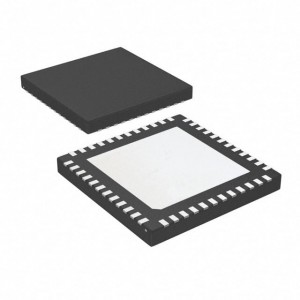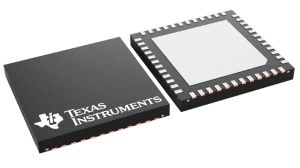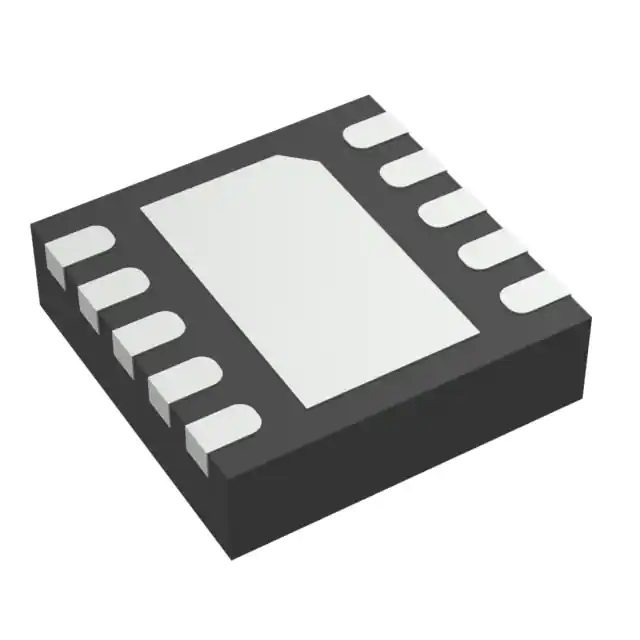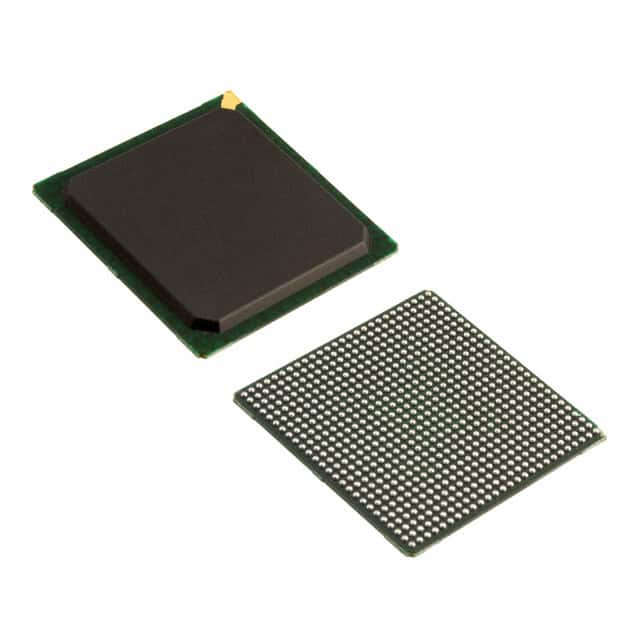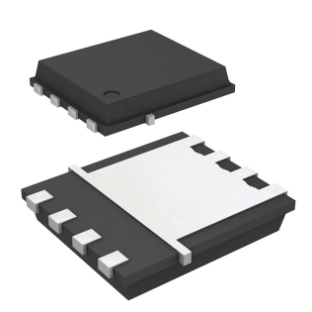LVDS Deserializer 2975Mbps 0.6V Automotive 48-Pin WQFN EP T/R DS90UB928QSQX/NOPB
Product Attributes
| TYPE | DESCRIPTION |
| Category | Integrated Circuits (ICs) |
| Mfr | Texas Instruments |
| Series | Automotive, AEC-Q100 |
| Package | Tape & Reel (TR)
Cut Tape (CT) Digi-Reel® |
| SPQ | 2500T&R |
| Product Status | Active |
| Function | Deserializer |
| Data Rate | 2.975Gbps |
| Input Type | FPD-Link III, LVDS |
| Output Type | LVDS |
| Number of Inputs | 1 |
| Number of Outputs | 13 |
| Voltage - Supply | 3V ~ 3.6V |
| Operating Temperature | -40°C ~ 105°C (TA) |
| Mounting Type | Surface Mount |
| Package / Case | 48-WFQFN Exposed Pad |
| Supplier Device Package | 48-WQFN (7x7) |
| Base Product Number | DS90UB928 |
1.Integrated circuits that are manufactured on the surface of a semiconductor chip are also known as thin-film integrated circuits. Another type of thick-film integrated circuit (hybrid integrated circuit) is a miniaturized circuit consisting of individual semiconductor devices and passive components integrated into a substrate or circuit board.
From 1949 to 1957, prototypes were developed by Werner Jacobi, Jeffrey Dummer, Sidney Darlington, and Yasuo Tarui, but the modern integrated circuit was invented by Jack Kilby in 1958. . He was awarded the Nobel Prize in Physics in 2000 for this, but Robert Noyce, who also developed the modern practical integrated circuit at the same time, passed away in 1990.
Following the invention and mass production of the transistor, various solid-state semiconductor components such as diodes and transistors were used in large numbers, replacing the function and role of the vacuum tube in the circuit. By the mid to late 20th century advances in semiconductor manufacturing technology made integrated circuits possible. In contrast to the manual assembly of circuits using individual discrete electronic components, integrated circuits allowed for the integration of a large number of micro-transistors into a small chip, which was a huge advance. The scale productivity, reliability, and modular approach to circuit design of integrated circuits ensured the rapid adoption of standardized integrated circuits instead of designing using discrete transistors.
2.Integrated circuits have two main advantages over discrete transistors: cost and performance. The low cost is because the chips print all the components as a unit by photolithography, instead of making only one transistor at a time. The high performance is due to the components switching quickly and consuming less energy because the components are small and close to each other. 2006 saw chip areas ranging from a few square millimeters to 350 mm² and up to a million transistors per mm².
The prototype integrated circuit was completed by Jack Kilby in 1958 and consisted of a bipolar transistor, three resistors, and a capacitor.
Depending on the number of microelectronic devices integrated on a chip, integrated circuits can be divided into the following categories.
Small Scale Integrated Circuits (SSI) have less than 10 logic gates or 100 transistors.
Medium Scale Integration (MSI) has 11 to 100 logic gates or 101 to 1k transistors.
Large Scale Integration (LSI) 101 to 1k logic gates or 1,001 to 10k transistors.
Very large scale integration (VLSI) 1,001~10k logic gates or 10,001~100k transistors.
Ultra Large Scale Integration (ULSI) 10,001~1M logic gates or 100,001~10M transistors.
GLSI (Giga Scale Integration) 1,000,001 or more logic gates or 10,000,001 or more transistors.
3.Development of integrated circuits
The most advanced integrated circuits are at the heart of microprocessors or multi-core processors that can control everything from computers to mobile phones to digital microwave ovens. While the cost of designing and developing a complex integrated circuit is very high, the cost per integrated circuit is minimized when spread over products that are often measured in the millions. The performance of ICs is high because the small size results in short paths, allowing low-power logic circuits to be applied at fast switching speeds.
Over the years, I have continued to move towards smaller form factors, allowing more circuits to be packaged per chip. This increases the capacity per unit area, allowing for lower costs and increased functionality, see Moore's Law, where the number of transistors in an IC doubles every 1.5 years. In summary, almost all metrics improve as form factors shrink, unit costs and switching power consumption fall, and speeds increase. However, there are also problems with ICs that integrate nanoscale devices, mainly leakage currents. As a result, the increase in speed and power consumption is very noticeable for the end user, and manufacturers are faced with the acute challenge of using better geometry. This process and the progress expected in the coming years are well described in the international technology roadmap for semiconductors.
Only half a century after their development, integrated circuits became ubiquitous and computers, mobile phones, and other digital appliances became an integral part of the social fabric. This is because modern computing, communication, manufacturing, and transportation systems, including the Internet, all depend on the existence of integrated circuits. Many scholars even consider the digital revolution brought about by the IC to be the most important event in human history, and that the maturation of the IC will lead to a great leap forward in technology, both in terms of design techniques and breakthroughs in semiconductor processes, both of which are closely linked.







